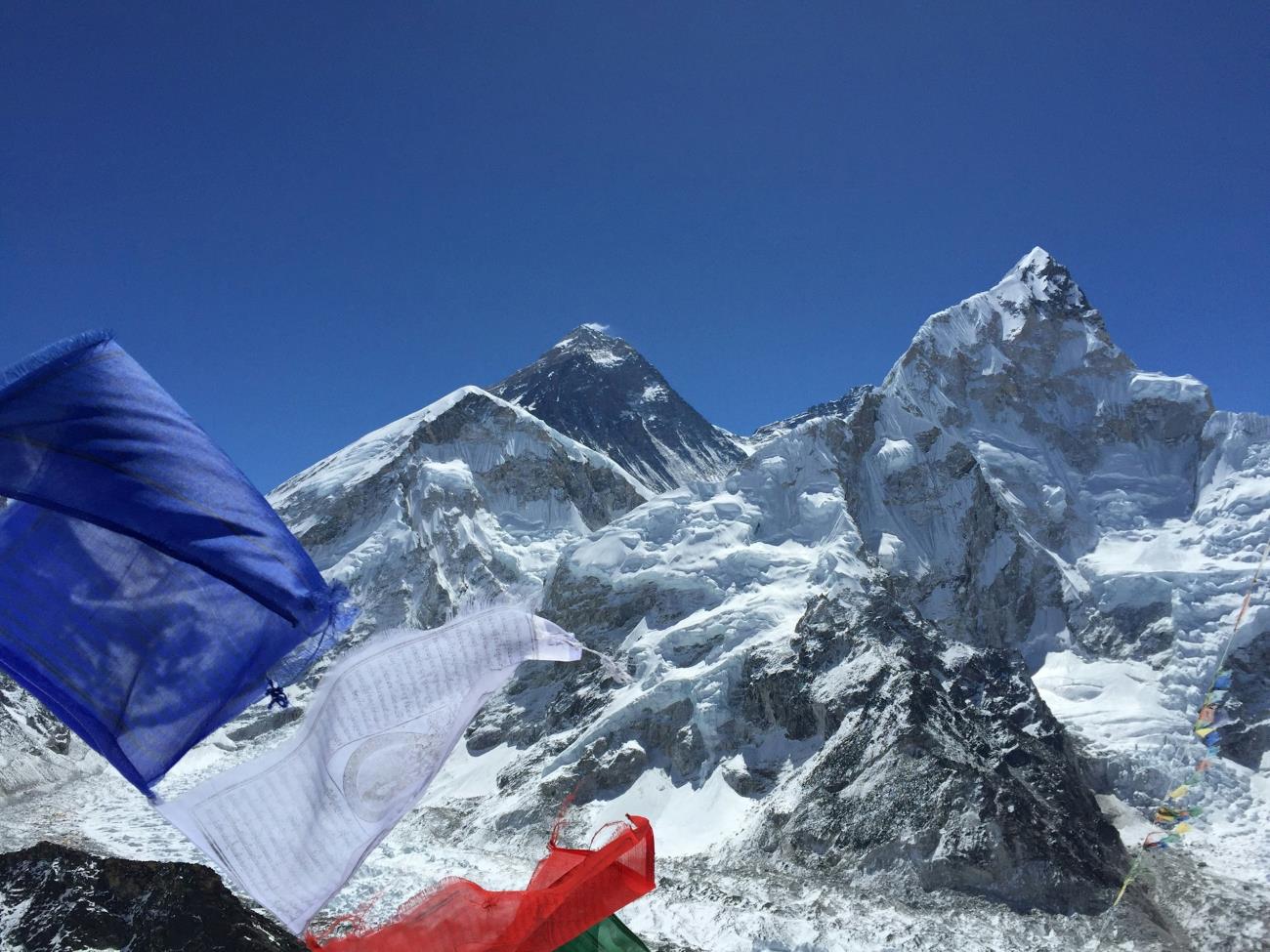Mount Everest, a name synonymous with breathtaking heights and unimaginable challenges, beckons adve
Mount Everest, a name synonymous with breathtaking heights and unimaginable challenges, beckons adventurers and ignites curiosity across the globe. Towering at a staggering 8,848.86 meters (29,031.7 ft), this titan of the Himalayas reigns supreme as the world's highest mountain. Straddling the border of Nepal and China, Mount Everest, known as Sagarmatha in Nepali and Chomolungma in Tibetan, is more than just a geographical wonder; it's a cultural icon and a harsh yet captivating test of human endurance.
The Perilous Path to the Peak
Reaching the summit of Everest is no easy feat. Climbers face a gauntlet of dangers, including:
- Altitude Sickness: As climbers ascend, the thinning atmosphere leads to altitude sickness, causing headaches, nausea, and even pulmonary edema (fluid buildup in the lungs).
- Extreme Weather: The unforgiving environment throws everything from bone-chilling temperatures to hurricane-force winds at climbers, making even basic tasks perilous.
- Avalanches: The treacherous Khumbu Icefall, a labyrinth of constantly shifting glaciers and crevasses, presents a constant avalanche threat.
- The Death Zone: Nicknamed for a reason, the region above 8,000 meters (26,247 ft) offers an extremely low oxygen environment, pushing the human body to its absolute limit.
The immense risks are tragically evident; over 200 climbers have lost their lives attempting to conquer Everest, their bodies a stark reminder of the mountain's unforgiving nature.
A Triumph Etched in History
Despite the daunting odds, the allure of reaching the "roof of the world" continues to inspire. On May 29, 1953, Edmund Hillary and Tenzing Norgay etched their names in history as the first successful summiters of Mount Everest. Their groundbreaking achievement opened the door for countless expeditions, with many succeeding in the decades since.
Scaling the Different Sides
There are two primary routes for scaling Everest: the south side from Nepal and the north side from Tibet.
-
The South Col Route (South Side): This more popular route offers a technically easier climb but suffers from higher congestion, increasing avalanche risks.
-
The North Ridge Route (North Side): Less crowded but more challenging due to steeper terrain, the north side route presents a unique set of obstacles for experienced climbers.
A Mountain Under Pressure: Environmental Concerns
The influx of climbers has brought a hidden cost - environmental impact. Waste generated by expeditions pollutes the pristine landscape, while the burning of fossil fuels contributes to climate change, accelerating the alarming rate of glacial melt on Everest. Thankfully, initiatives are underway to mitigate this damage, such as mandating climbers to remove their waste from the mountain.
A Beacon of Cultural Significance
Mount Everest holds deep cultural significance for the people of Nepal and Tibet. Revered as a sacred place, it is home to monasteries and temples, and those who reach the summit are often regarded as heroes by the local communities.
Beyond the Climb: Unveiling the Secrets of Everest
The story of Mount Everest extends far beyond the realm of climbing expeditions. Geologists delve into the fascinating formation of this behemoth, while ecologists study the unique adaptations of plants and animals clinging to survival in this extreme environment. Everest also serves as a natural laboratory, where researchers monitor the effects of climate change on the delicate Himalayan ecosystem.
The Enduring Legacy of Mount Everest
Mount Everest stands as a testament to the power and majesty of nature. It's a symbol of human ambition, pushing us to overcome seemingly insurmountable challenges. Whether you dream of scaling its heights or simply marvel at its grandeur from afar, Mount Everest continues to capture our imagination and inspire awe.
Instagram
Trekking Packages







